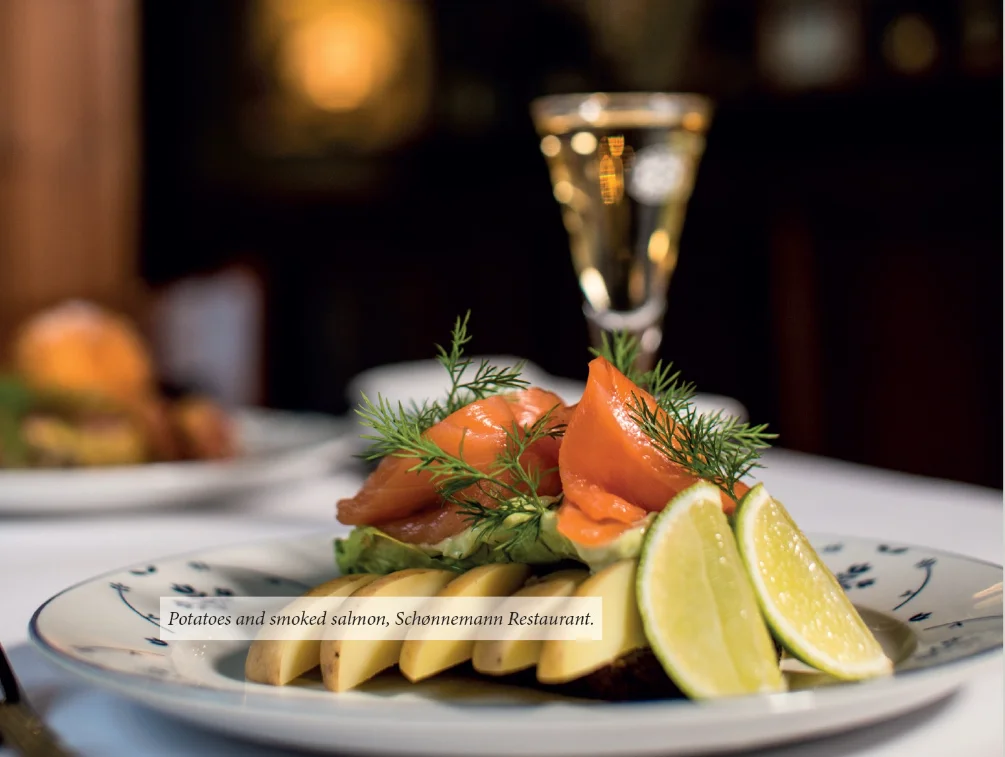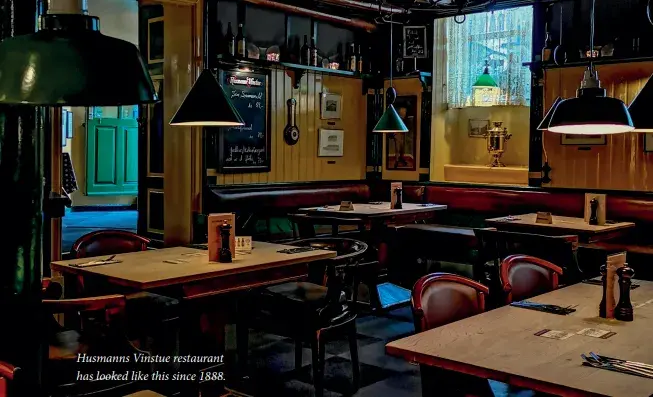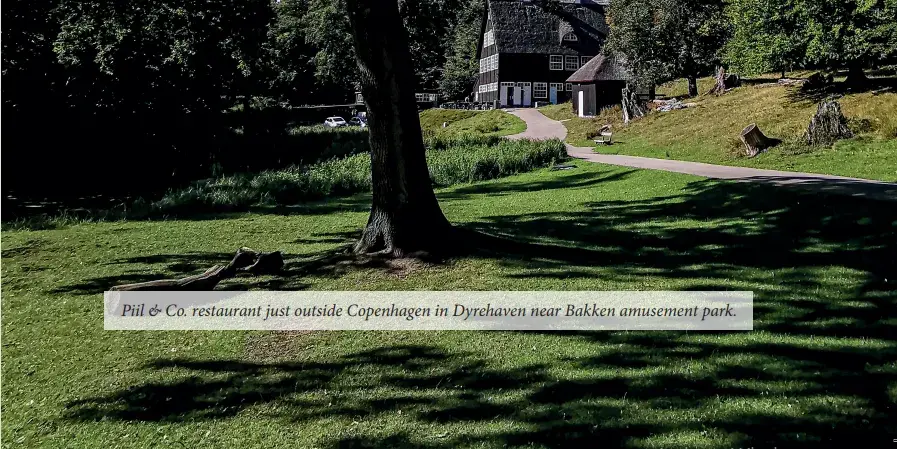Welcome to The Book of Smørrebrød.
This is a tale about the evolution of Denmark’s most authentic food through the ages. Smørre-brød has been with the Danes since Viking times, and in the late 1800s, during Denmark’s first gastronomic golden age, it became known to the world as the ‘open-faced sandwich.’ In this book, you will learn the true story of this genuinely Danish culinary speciality upon which Denmark was more or less built, since rye bread was one of the most important foodstuffs.
The word smørrebrød, like the open sandwiches it describes, is comprised of two parts: smør, meaning ‘butter’, and brød, meaning ‘bread’. Until recently, almost all Danes would eat rye bread with butter and various toppings for lunch daily, either as flat sandwiches wrapped in paper and brought to work or school, or as the more elaborate ‘højtbelagt’ (meaning piled high with toppings) smørrebrød found in restaurants and shops specialising in these special sandwiches.
From 1980 to 2000, smørrebrød lost ground to international foods like hamburgers, pizza, shawarma, and kebabs. In the tailwinds of the gastronomic revolution that brought forth New Nordic Cuisine, though, smørrebrød has had a renaissance.
The renaissance started quietly in the early 2000s, but in 2006, it gained momentum when new players entered the smørrebrød game and revived the speciality. In the years since, emerging smørrebrød chefs have become more skilled and more ambitious, and Denmark’s thriving gastro-tourism has fuelled this development.
Unlike a meal at Noma, which will set you back more than $500 – if you can manage the nearly impossible task of securing a reservation to the famous restaurant – a smørrebrød meal can be had for as little as $20. If you want the gourmet smørrebrød experience with beer and aquavit, the price will be around $100, but this is still much cheaper than the cost of a meal at tradition-al fine-dining restaurants. You can count on smørrebrød to be a democratic culinary experi-ence no matter where you eat: at a street vendor’s stall, at a restaurant, or in your own home.

This book offers to be your companion whether you just want to read about smørrebrød, visit the best restaurants, or try your luck as a smørrebrød chef.
You may have read about smørrebrød before, since this speciality has received a significant amount of interest from the foreign press. One of the first to describe it was an English jour-nalist who in the 1930s described the smørrebrød of Restaurant Davidsen as works of ‘archi-tecture’.
One of the later writers, and perhaps the one who understood smørrebrød best, was food critic AA Gill of British newspaper The Sunday Times. In a piece from 2011 in which he explained how he admired Noma for not letting him skip the queue to get a table – and in which helambasted some of the most admired gourmet restaurants in Copenhagen – he seemed to have fallen madly in love with smørrebrød. He wrote that, in the gourmet restaurants, some of the food was ‘bordering on brilliant, but the dinner stretched like winter, the descriptions were in-toned like a pitch by Lars von Trier. ‘We stumbled out of the restaurant at 1am, after 16 courses. It’s food as endurance, and kitchen vanity.’
Eating smørrebrød is a whole different ball game. Since it is a lunch tradition, restaurateurs know the clients expect a quicker pace. Not that a smørrebrød lunch in any way has to be fast or stressed, it can be a quick meal but it can definitely also be a long relaxing experience.
I think that was exactly what food critic AA Gill experienced, when he had lunch at Skt. Annæ restaurant, as described in The Sunday Times:
‘It was all served by pink-cheeked, bosomy girls with happy smiles and assured, udder-Braille fingers. This place, and this food, was history and earth, sea and home, with an atmosphere of quiet hurdy-gurdy burbling and furry drunkenness. The heritage of smorgasbord – help-your-self sideboard sandwiches – can evolve into the torture of relentless plates of foam and fungi. Or it can remain this generous saga of Viking brunch. It is like eating Hamlet and Beowulf and the Little Mermaid.’
An experience like AA Gill’s awaits you, but only if you choose the right restaurants, which can be found in the chapter listing what I think are the 50 best smørrebrød restaurants.
I hope you will enjoy the book and your lunches in Denmark.
Sincerely,
Ole Troelsø




